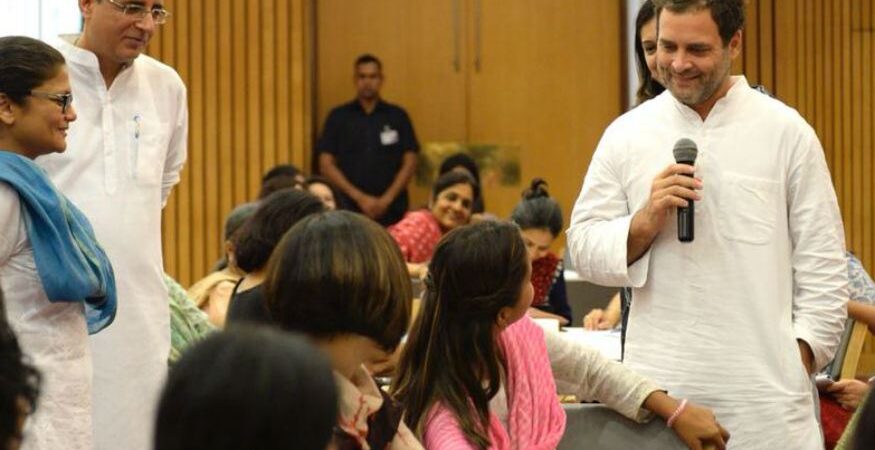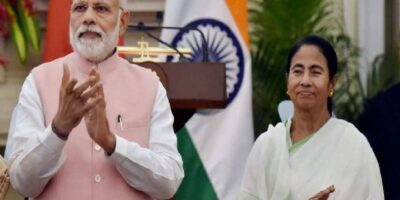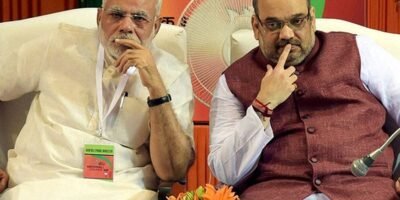Run for 2019 to Face Opponent From BJP and Alliance Partners: Rahul Gandhi

The road to redemption is going to be long, arduous and tortuous for the Congress and its new and re-energised party chief Rahul Gandhi. This is the message coming out from the recently revamped Congress Working Committee, the party’s highest decision making body, which met on Sunday to prepare the road map for the year-end elections in BJP-ruled Madhya Pradesh, Rajasthan and Chhattisgarh and the crucial Lok Sabha polls in 2019.
There were two major outcomes from the five-hour meeting which took place two days after Rahul’s no-holds-barred attack on Prime Minister Narendra Modi during the debate on the no-confidence motion in the Lok Sabha where he accused him of being polarising, pro-corporate and anti-poor before walking up to hug him to signal his determination to fight the BJP’s politics of hate with love, compassion and inclusiveness. The first outcome, as anticipated, was that Rahul — who took over as party chief from his mother in December 2017 — would be the Congress’ prime ministerial face for the 2019 polls and the second, not surprisingly either, was the CWC’s decision to go for tie-ups and alliances.
Both these decisions bring their own set of problems in addition to those awaiting redressal since the party’s defeat in 2014 national elections that gave it just 44 Lok Sabha seats. The challenges include the need to regain people’s confidence, galvanise the outfit and its workers down to the booth level, nurture a social base, particularly among the farmers, poor, Dalits, minorities and other marginalised sections whose concerns Rahul has been flagging. Rahul has to recast party’s identity, improve its image, credibility and acceptance, find funds to take on the cash-rich BJP and win the battle of perception against the BJP. The vision document that should have addressed these concerns is nowhere in sight though Sonia Gandhi as party chief had set up the Committee on Future Challenges in 2008 and twice tasked stalwart AK Antony to identify the reasons for the Congress’ defeats and suggest measures for revival.
Not having alliances is not an option for the party. Accordingly, Rahul has decided to set up a group to explore tie-ups. Sonia, who has been building alliances since 2003, is likely to play a role from behind the scenes while letting her son be the face of it so that it enhances his profile and acceptability in the opposition camp as a leading light and a possible PM candidate.
In contrast, in 2018, the Congress’ quest is propelled by an existential crisis and desperation to survive. Unlike 2003, when it was still the leading opposition, in 2014, its vote share was less than 20% and with 44 seats it was barely ahead of the 37 won by Tamil Nadu’s AIADMK and 34 by West Bengal’s Trinamool Congress — a performance, contenders would exploit while talking of an alliance, opposition front or alternative government.
The Congress last got a majority — and an overwhelming one at that — in 1984 when it won 404 of the 543 Lok Sabha seats following Indira Gandhi’s assassination. In the three decades since then, its numbers have fluctuated well below the majority mark and though it formed governments in 1991, 2004 and 2009, it was a pale shadow of its former self. The national party presently rules just Punjab, Mizoram and Puducherry and shares power with the JD-S in Karnataka while the BJP has displaced it as the dominant pole of Indian politics. Not surprisingly, the Congress sought to enhance its stakes and claim by declaring Rahul as its prime ministerial candidate for 2019. The BSP has already pitched Mayawati for the post and Mamata is planning a gathering of opposition leaders on January 19, 2019 to set up a Federal Front of which, she stressed, the Congress can be a partner but not a leader. Putting pressure on the Congress, she also said that she would contest all 42 seats in her state on her own.
The big question is whether such parties would part with seats or accept Rahul as their leader? Notwithstanding, his newfound aggression, there is scepticism if he is the right choice in a presidential style electoral face off with Modi. To be seen as a serious contender, Rahul’s Congress will have to put up an impressive show in Rajasthan, Chhattisgarh and Madhya Pradesh. Congress will also have the daunting task of enhancing its performance in 10 states where the party has a presence, widening the lead over partners and raising the party’s current Lok Sabha tally to around 150 seats to serve the twin objectives of making a pitch for power and staving off claims from allies to lead the alternative formation.




Comments are Closed